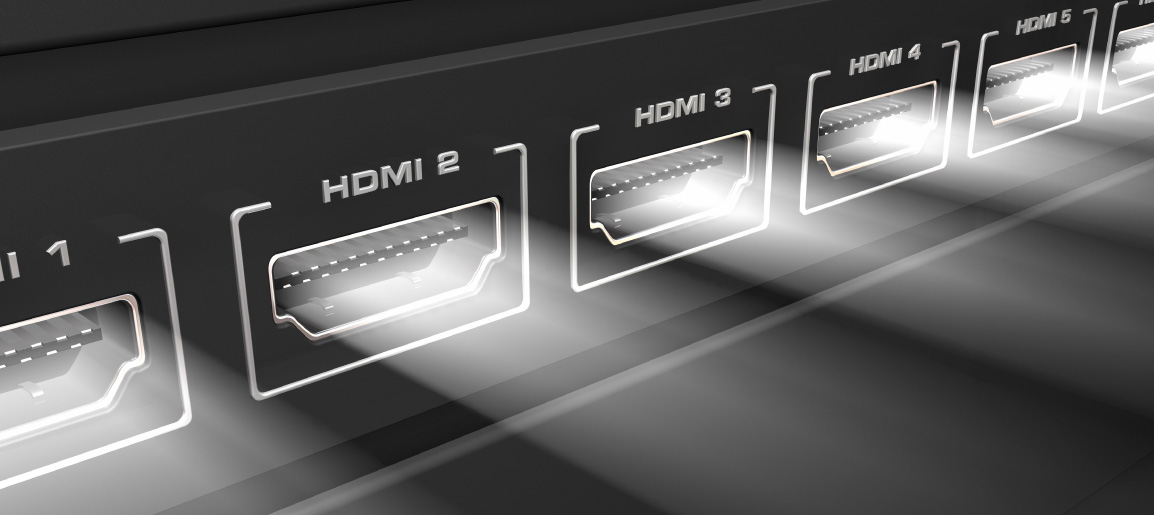The specification for HDCP 2.2 Pro was first published in May 2016 by the Digital Content Protection (DCP) organization, a wholly-owned subsidiary of Intel® that acts as the licensing agency for HDCP technology. The goal of HDCP 2.2 Pro is to provide the pro AV industry and others with the opportunity to send protected content to more devices than the consumer HDCP 2.2 limit of 32 devices and four levels of connectivity. In fact, HDCP Pro eliminates the topology constraints for device count and depth entirely. HDCP Pro requires a little more work from installers – both in terms of paperwork and managing SRM updates – in exchange for the benefit of unlimited fan-out of high value Type 1 content.
Another significant benefit of HDCP Pro over consumer HDCP 2.2 is the much improved leave/join tolerance. This allows integrators to add or remove HDCP devices, or re-route streams, without impacting the rest of the system (i.e. screens don’t go dark or freeze while the HDCP handshake is renegotiated).
Unfortunately, there’s still considerable confusion and misinformation in the market regarding HDCP Pro. That’s why we created this handy guide to provide clarity on the major pillars of HDCP Pro, the special requirements for integrators, and how the technology works.
